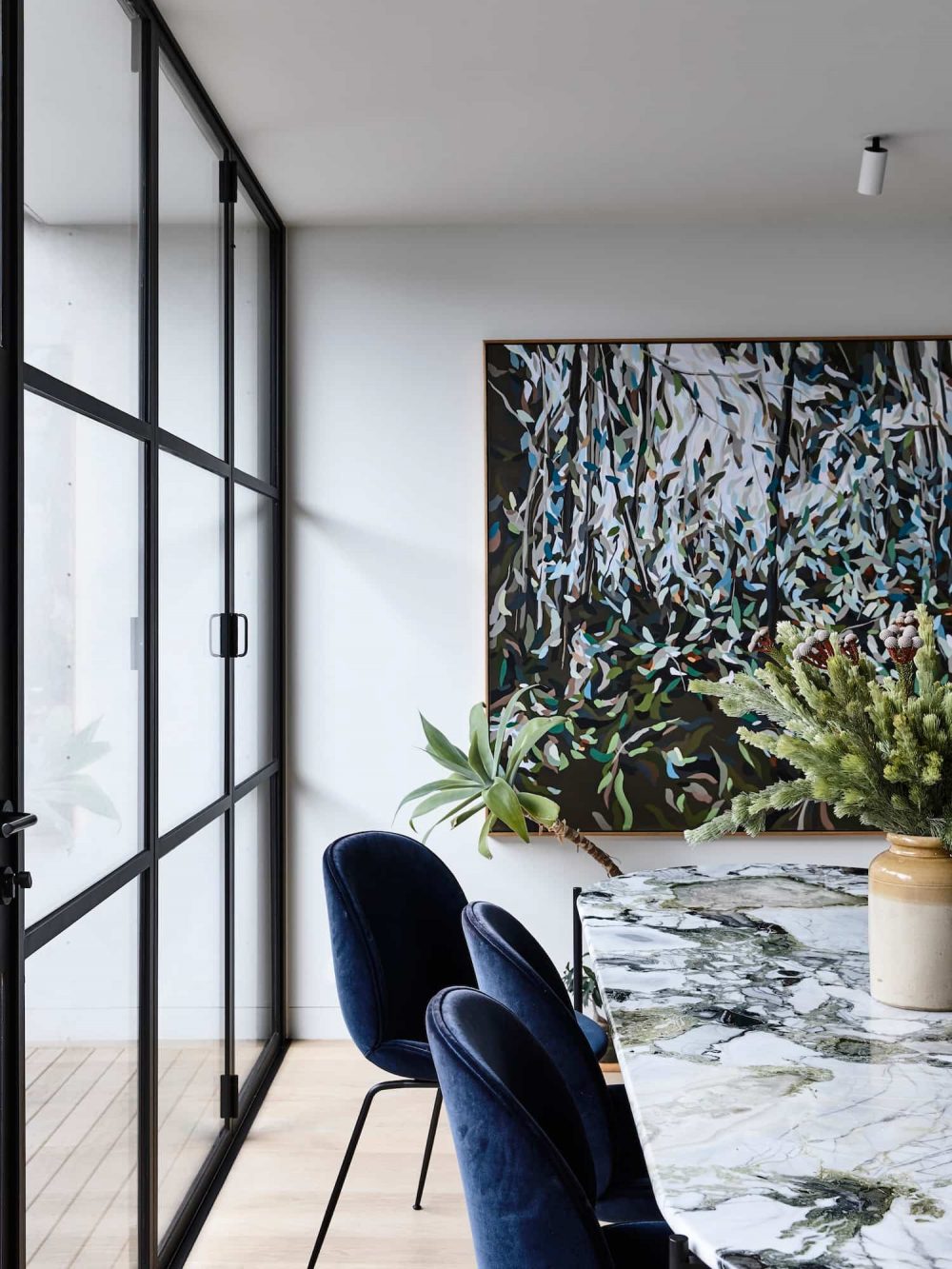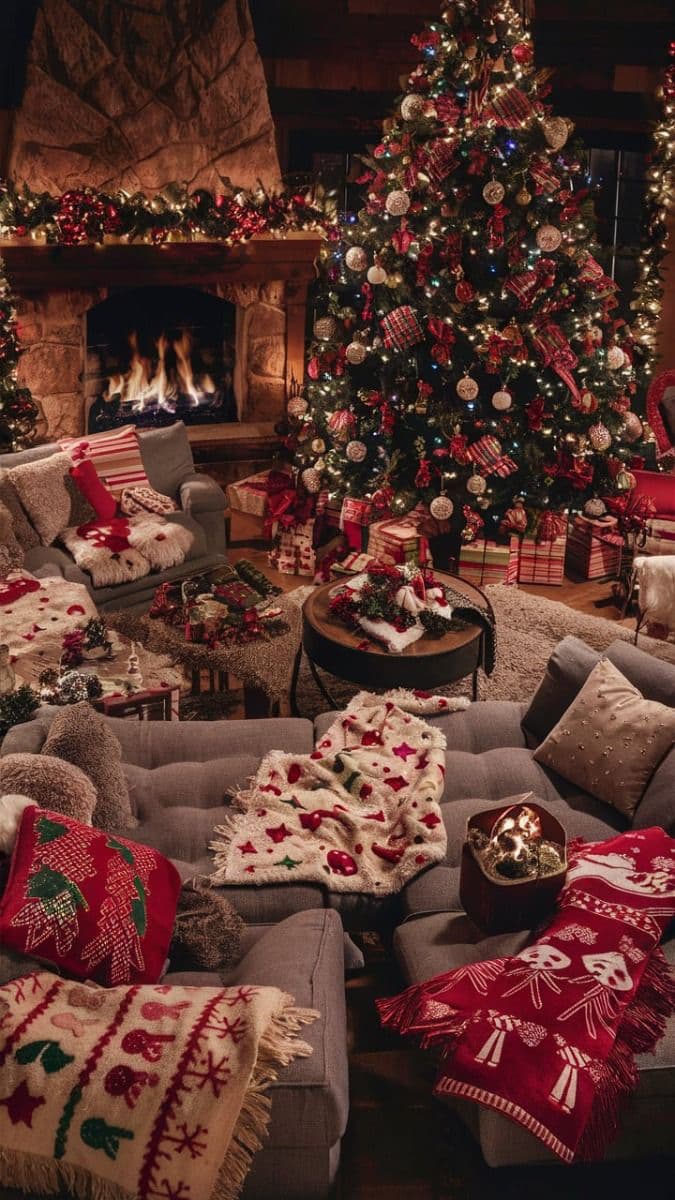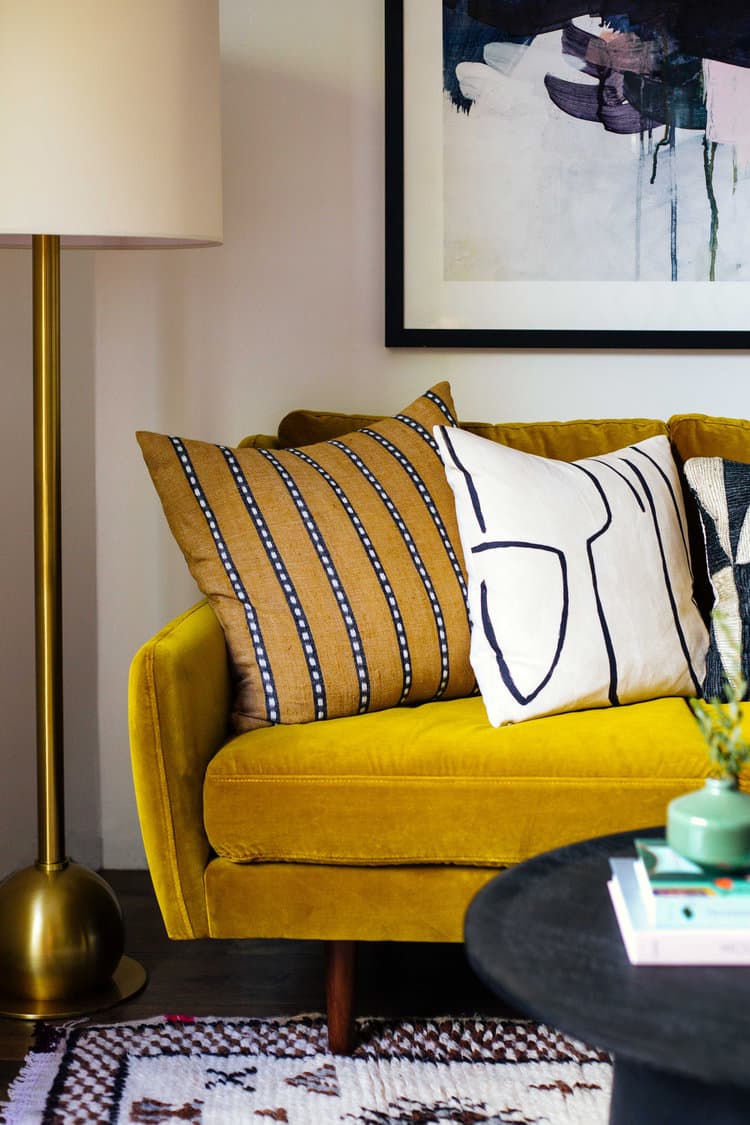Creating a Gallery Wall? 12 Iconic Prints to Get Started
Spruce up your home with a stand-alone piece of artwork, or show off your favourite pieces with a gallery wall to add an entirely new dimension to your home.

When a trend or novelty within interiors lives past a season, it’s usually a good indicator that it’s going to stick around for a while. Many interior trends come and go, while others stay with us for all sorts of reasons. Functionality, timeless style, a sense of connection. As we’re halfway through the year (I know… I couldn’t believe it either) we wanted to spend time thinking about the trends and novelties that have been, and what we predict will stay past the next few months and live on to 2022. Fancy watching instead? Straight to our TL;DR summary by yours truly.
You might remember our feature that looked at the top trends to make their entrance at the beginning of the year. Amongst them were natural materials, cottagecore, dark hues, and grandmillennial. While they all still have a presence within interiors, the question looms what’s a novelty and what’s a trend? To distinguish between the two, there are five key aspects of what constitutes a trend:
So, what made the cut? Despite the fact that some of the best of interior publications continue to talk about cottagecore and grandmillennial as a vibe for all of our homes, I’m unconvinced at this point. It seems it’s been hard to actually apply the look and merge in with other interiors. Likewise, going for the full vibe in a home doesn’t seem to be as practical as one would like. Now, that’s not to say it’s a trend of the past; there’s still a place for certain elements that the styles have to offer, including Gucci’s grandmillennial inspired wallpaper as well as the Ana oversized armchair by Cox & Cox.
What was once predicted to be a novelty, has ultimately become a necessity inside of our homes. We’ve talked at length about the rise of biophilic design, and how more of us are looking for alternative options when to comes to designing a home that is as good for our well-being as it for the planet. Japandi, the interior style that binds Scandinavian interiors with Japanese philosophy, has become a golden example of how we’ve brought our favourite elements of two styles together and in turn, has helped us to feel more connected with our environment.

Brands had their ears to the ground the whole time. It wasn’t long before we saw household names and challenger brands re-think and re-imagine interiors, in a way that makes it almost impossible to not find a stunning piece of furniture or decor made of natural materials. You only have to go back to our piece on French Connection’s SS21 collection to see the effort brands are making to get the balance right in embracing the ethos that ultimately sits beneath the popularity for natural interiors; that is to make more eco-friendly purchases when it comes to decorating our homes.
When looking inside industrial-inspired homes they usually have a stunning urban New York loft allure to them; through the use of shapes, raw and metallic materials, and dark hues. As a style, industrial elements have a way with design in that it embraces the old, vintage features including exposed brick or concrete walls (if you’re lucky) and adds context to its edginess through antiqued brass, iron, and aged copper. It’s a style that, in many ways, feels undressed.

How you decide to bring industrial elements into your home can be, in the best possible way, wide and varied. In keeping with the urban features, its versatility can fit equally well into traditional, minimalist, eclectic, and modern interiors. Notably, we’re seeing how Japandi interiors have seen a gradual progression from soft tones and curved features to adopting the edgy aesthetic that industrial design has become synonymous with. In many ways, industrial interiors goes way beyond being a trend. Rather, industrialism fits into a way of living. Rough edges, and all.
The pristine white kitchen. You know the one; the cupboards are blank slates and the handles are hidden; modern and sleek in their design; are often light-filled spaces. A timeless look that remains a favourite for many, and yet we’ve seen a shift in the colour palette for the other rooms in our home.

In keeping with the airy design of the kitchen, neutrals textiles and decor have become the complementary accents to liven up and add warmth to an all-white space through textures and shapes. Similar to the natural interiors, adopting a neutral colour can give a home an organic feel while also retaining the modern aesthetic of all-white interiors.
A blank wall can be as daunting as a blank canvas; the first mark is, always, the hardest. That said, the time we’ve spent in our homes recently has made us want to try something different at the cost of, well, simply trying again if it doesn’t work. The artistic lens amongst designers, creators, and makers has made bringing beautifully patterned wallpaper, murals, and artworks in our living spaces much easier.
As mentioned, our desire for sleek and stripped-back design remains but more of us are beginning to ask; what else can we add to it? This or that has now become this and that. Tile brands are leading the way in this newfound curiosity of re-imagining our walls, and consumers are becoming more interested in the origins of the tiles themselves; the stories begin them and where the pattern or styles originated.

The variations of shapes, colours, and textures of tiles are in abundance, from art deco to contemporary marble. Initially an afterthought, tiles have become an essential part of completing an interior look.
The same can be said for wallpaper. As you may already know, we at nook & find are wallpaper enthusiasts (let’s coin that term) and it’s for a good reason. We’ve seen wallpaper take on a new role inside of our homes, a role that invites us to express our artistic flare and try something that could seem a little bit risky. Making it all the more rewarding when it comes off. And yes, we all have it in us.
Photo credits: 1. Brian Paquette 2. Ad Magazine 3. Brian Paquette 4. Avenue 5. Honeybee Interiors

Spruce up your home with a stand-alone piece of artwork, or show off your favourite pieces with a gallery wall to add an entirely new dimension to your home.

The holiday season is just around the corner, and as much as we’re still relishing the cosy vibes of autumn, it’s never too early to start planning our festive décor.

Scouting out vintage classic pieces and antiques for your home has just become easier.